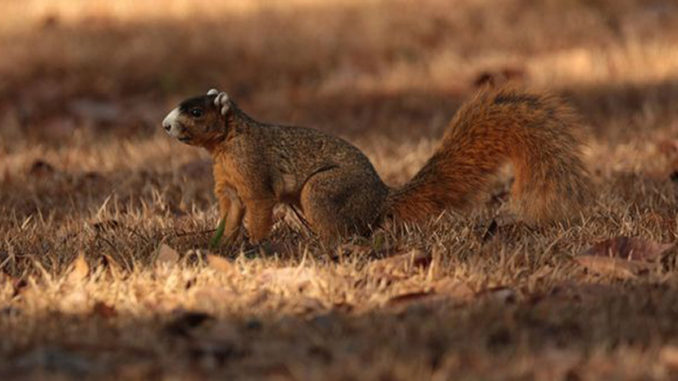
Every other year since 1994, the SCDNR has conducted a survey to gather information on fox squirrels. Their abundance and distribution can be tracked from the data, and anyone can participate if they’re willing to submit sighting information, including time and location.
Fox squirrels are a native species and are legal to hunt; their population is considered stable, but not high.
The daily bag limit for fox squirrels is 10 animals, but studies have shown that fox squirrels have lower reproductive capability than grey squirrels. Mature maritime forests likely have the highest populations of fox squirrels, but not everywhere. They can be restocked in likely areas, and SCDNR is currently releasing fox squirrels on Botany Bay WMA.
“Many WMAs have restrictions on the harvest of fox squirrels, and hunters everywhere need to show some restraint when it comes to fox squirrels,” said Billy Dukes, SCDNR small-game project coordinator. “Everyone knows that grey squirrels fit the skillet better and cook up to make some mighty fine eating.”
Habitat is key for fox squirrels, Dukes said. They like mature pine forests at least 25 years old, with an open canopy that allows sunlight to penetrate and ground cover to develop. Hunters may want to key on fox-squirrel sightings as a signal that they have found good ground on which to hunt small game such as quail, since they favor the same habitat.
Hunters willing to report fox squirrel sightings should call 803-734-3609.
Editor’s Note: This story appears as part of a feature in South Carolina Sportsman’s September issue. To ensure you don’t miss any information-packed issues, click here to have each magazine delivered right to your mail box.



Be the first to comment